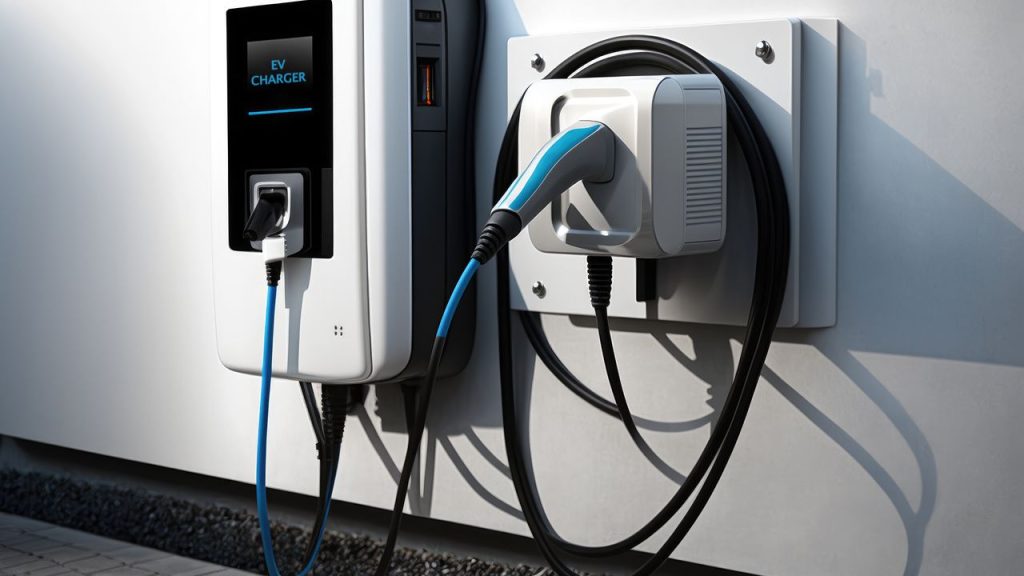EV Charging Platform User Experience: A Guide to User-Friendly Design, User Profiles, and Training
As electric vehicles (EVs) continue to gain popularity, the demand for efficient and user-friendly charging solutions is on the rise. EV charging platforms play a crucial role in providing a seamless charging experience for EV owners. In this blog post, we will explore the importance of user-friendly design, user profiles, and user training in optimizing the EV charging platform user experience.
User-Friendly Design
A well-designed EV charging platform is essential for ensuring a positive user experience. It should be intuitive, visually appealing, and easy to navigate. Here are a few key elements to consider when designing a user-friendly charging platform:
- Clear and Simple Interface: The platform should have a clean and clutter-free interface, with clearly labeled buttons and icons. Users should be able to easily understand and navigate through the different features and functionalities.
- Responsive Design: With the increasing use of mobile devices, it is crucial to have a responsive design that adapts seamlessly to different screen sizes. This ensures that users can access the platform from any device without any usability issues.
- Real-Time Information: Providing real-time information about the availability of charging stations, charging speeds, and estimated charging times can greatly enhance the user experience. Users can plan their charging sessions more effectively, minimizing waiting times and maximizing convenience.
User Profiles
Creating user profiles within the EV charging platform can greatly enhance the user experience. User profiles allow for personalized settings, preferences, and historical data tracking. Here are a few benefits of incorporating user profiles:
- Customized Charging Preferences: Users can set their preferred charging settings, such as charging speed, charging limits, and charging schedules. This level of customization ensures that the charging experience aligns with individual needs and preferences.
- Historical Data Tracking: User profiles enable the tracking of charging history, including energy consumption, charging costs, and usage patterns. This data can help users monitor their charging habits, optimize their energy usage, and make informed decisions.
- Seamless Payment Integration: By linking user profiles to payment methods, users can enjoy a hassle-free payment experience. They can easily monitor their charging costs, receive invoices, and make payments directly through the platform.
User Training
While user-friendly design and user profiles contribute to a positive user experience, providing comprehensive user training is equally important. Here’s why user training matters:
- Maximizing Platform Utilization: Proper training ensures that users are aware of all the features and functionalities of the EV charging platform. This empowers them to make the most of the platform’s capabilities, such as finding nearby charging stations, monitoring charging sessions, and accessing support resources.
- Addressing User Concerns: User training sessions can help address common user concerns and queries. By providing step-by-step guidance on using the platform, users can feel more confident and comfortable in their interactions, reducing frustration and increasing satisfaction.
- Promoting Safe Charging Practices: User training should emphasize the importance of safe charging practices, such as using certified charging cables, following manufacturer guidelines, and avoiding potential hazards. This ensures that users understand the importance of safety and take necessary precautions during the charging process.
By prioritizing user-friendly design, user profiles, and user training, EV charging platforms can deliver an enhanced user experience. As the EV market continues to grow, investing in optimizing the user experience will be crucial for attracting and retaining EV owners.
Remember, a seamless and user-friendly charging experience not only benefits the users but also contributes to the overall growth and adoption of electric vehicles.


